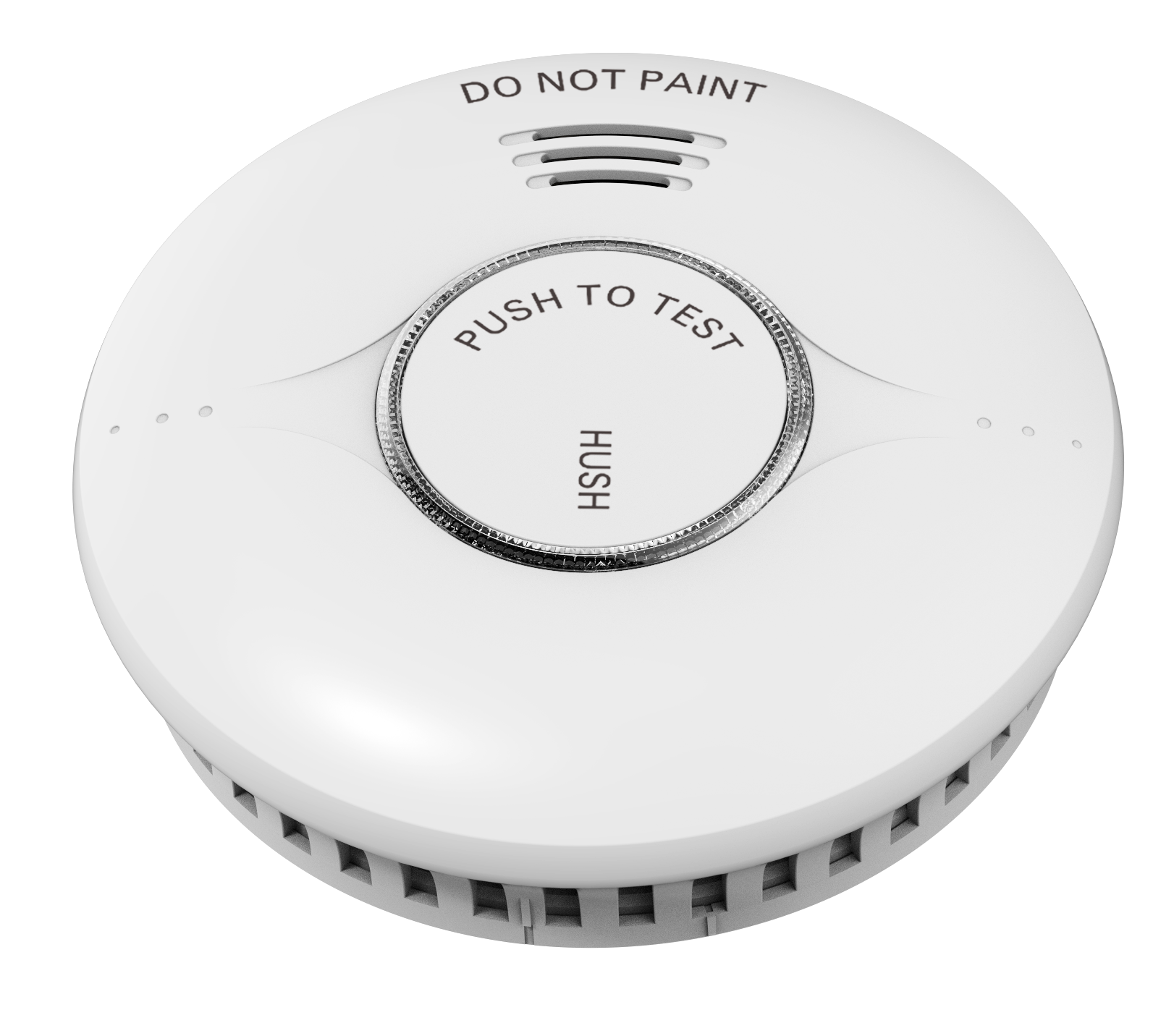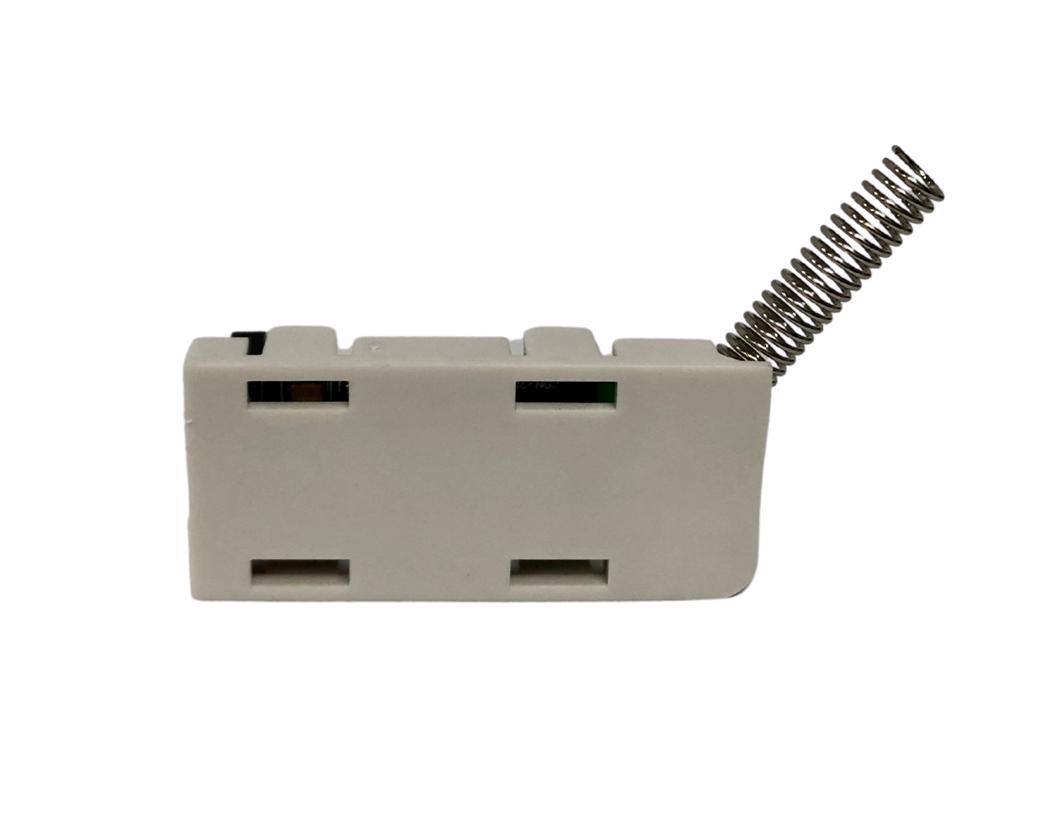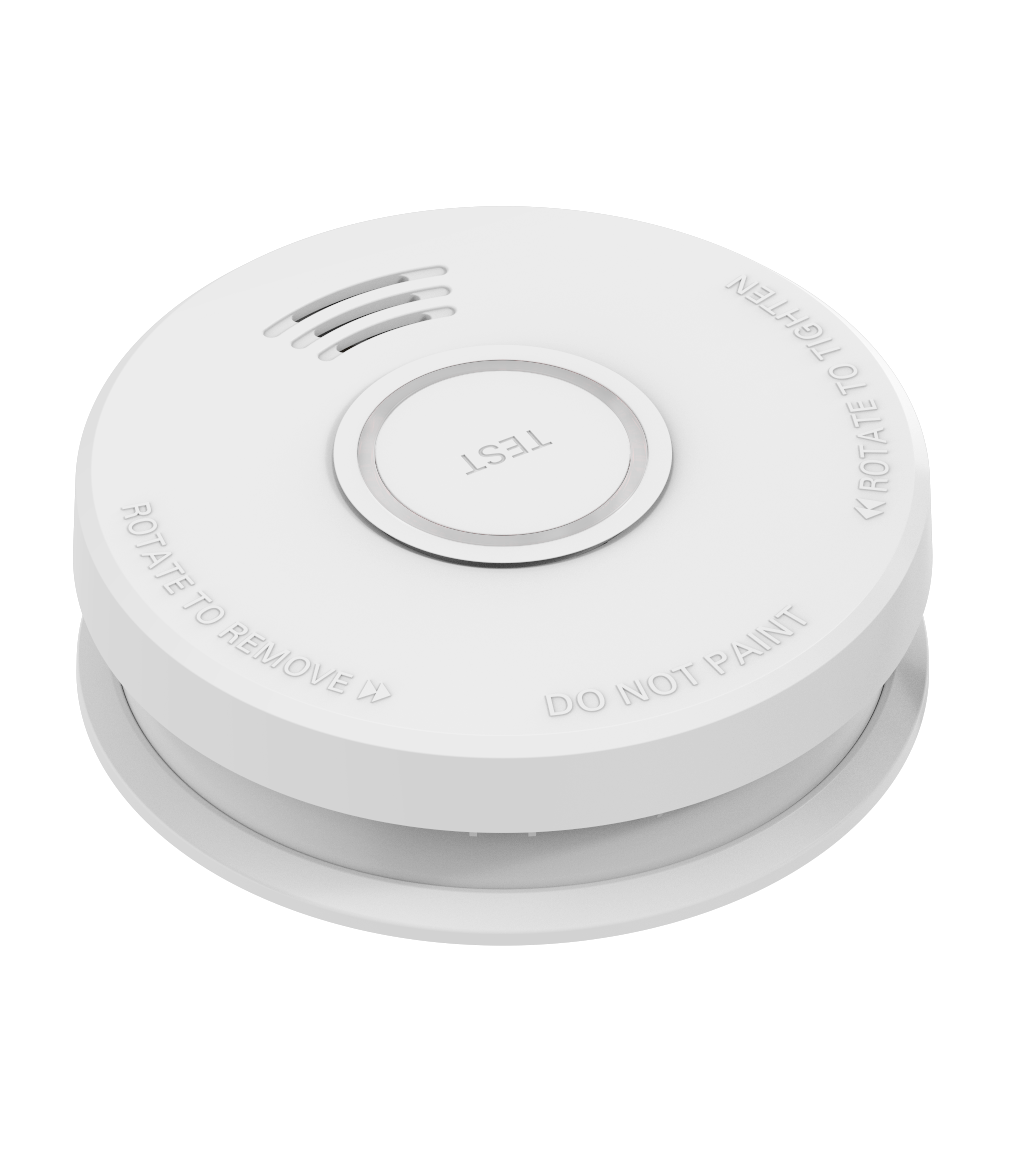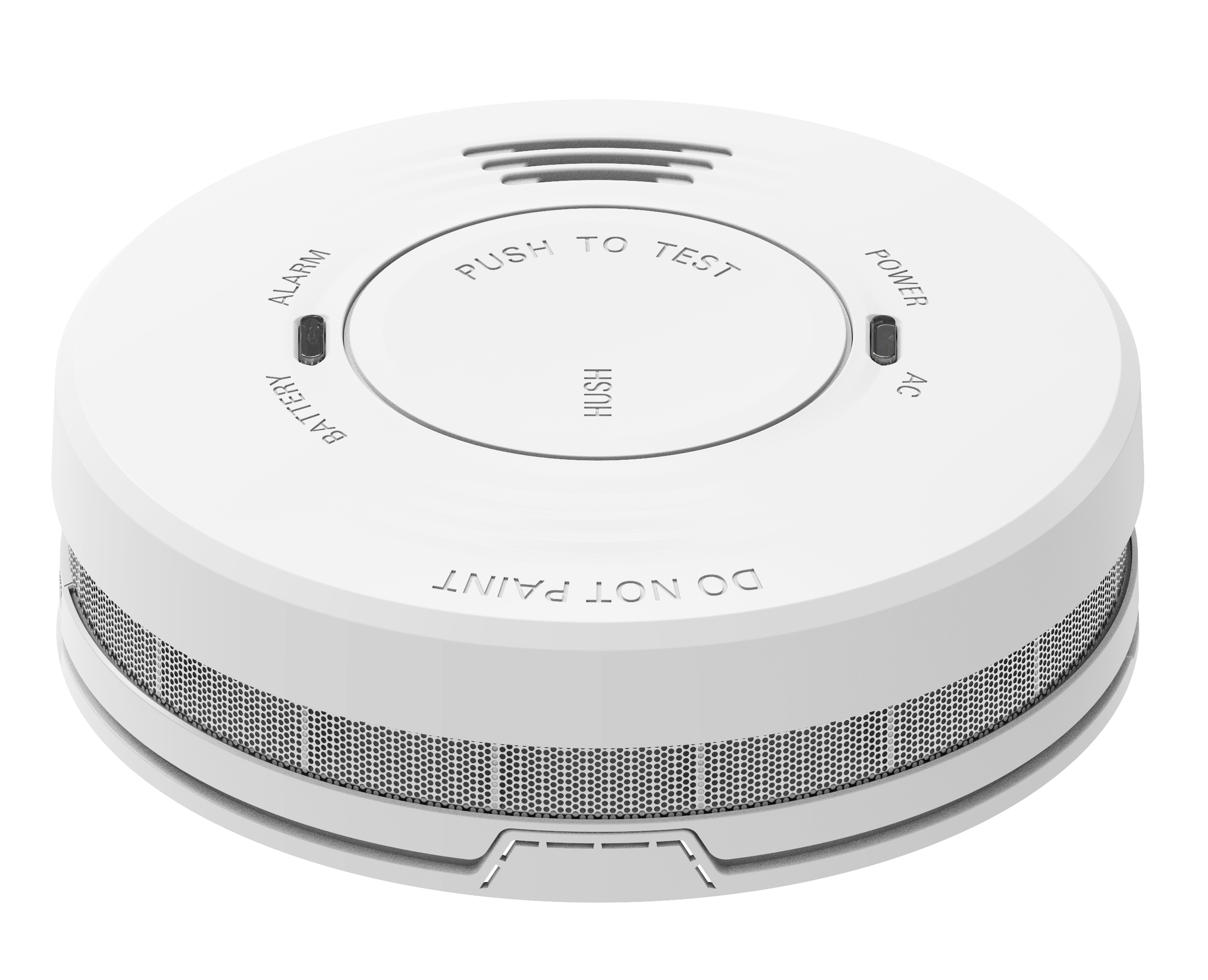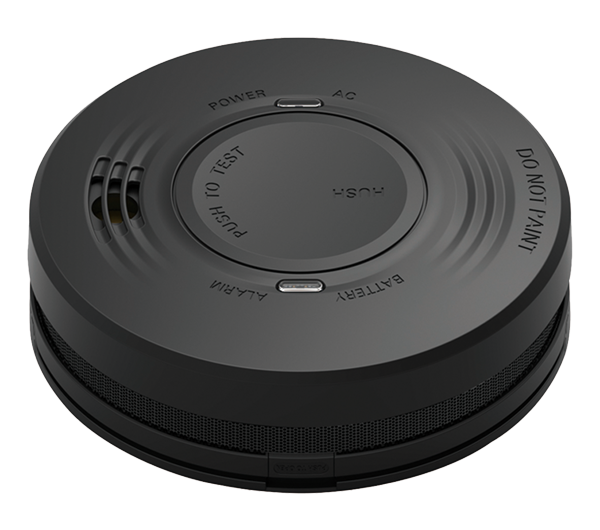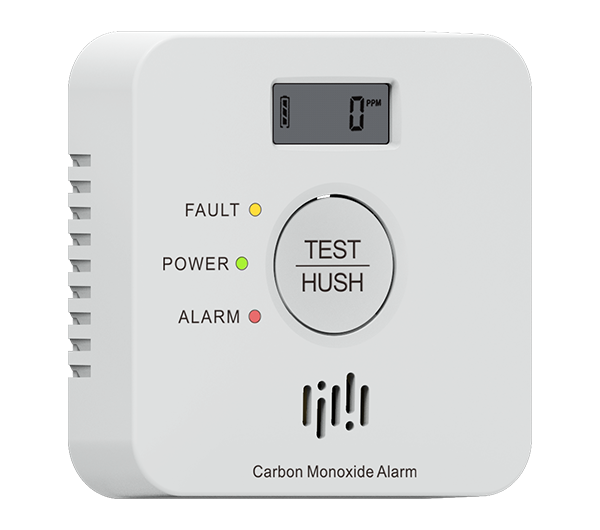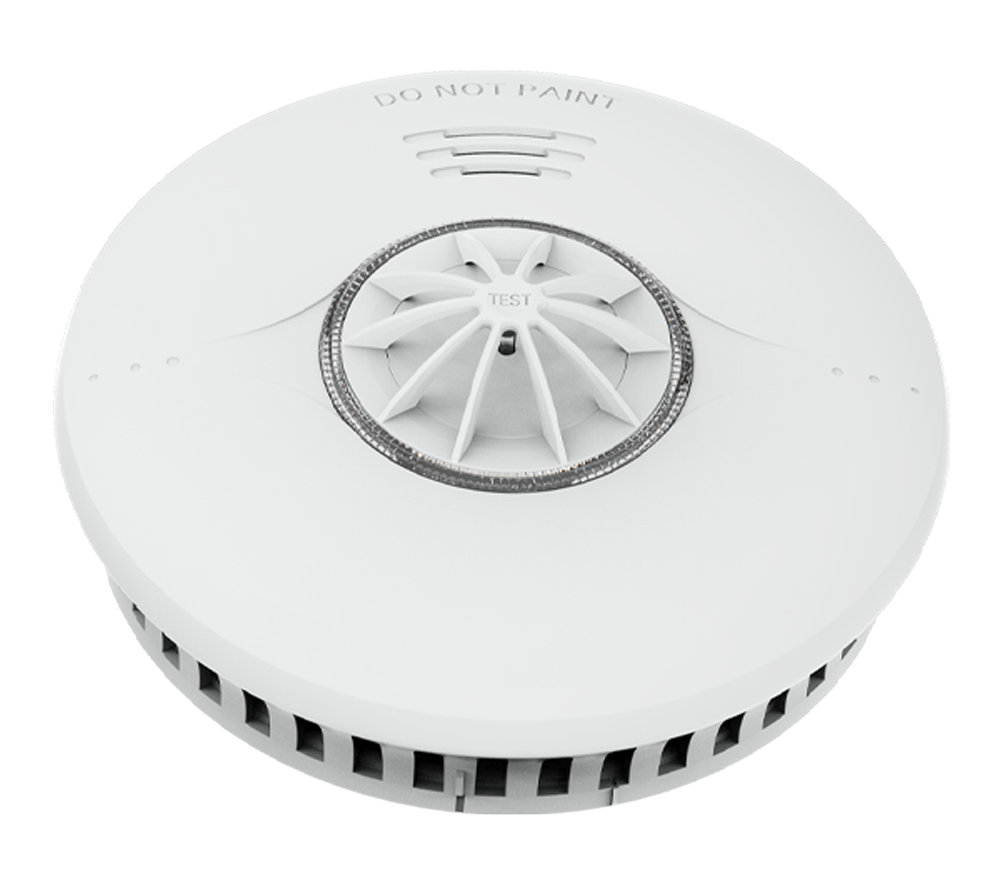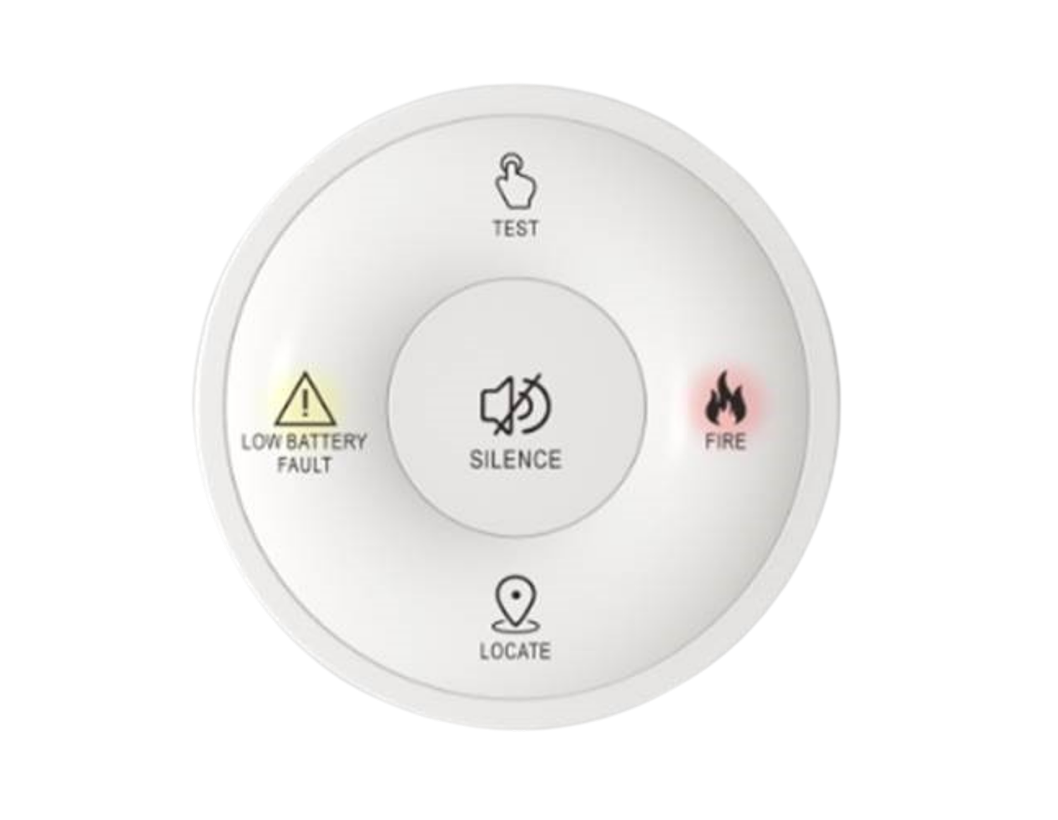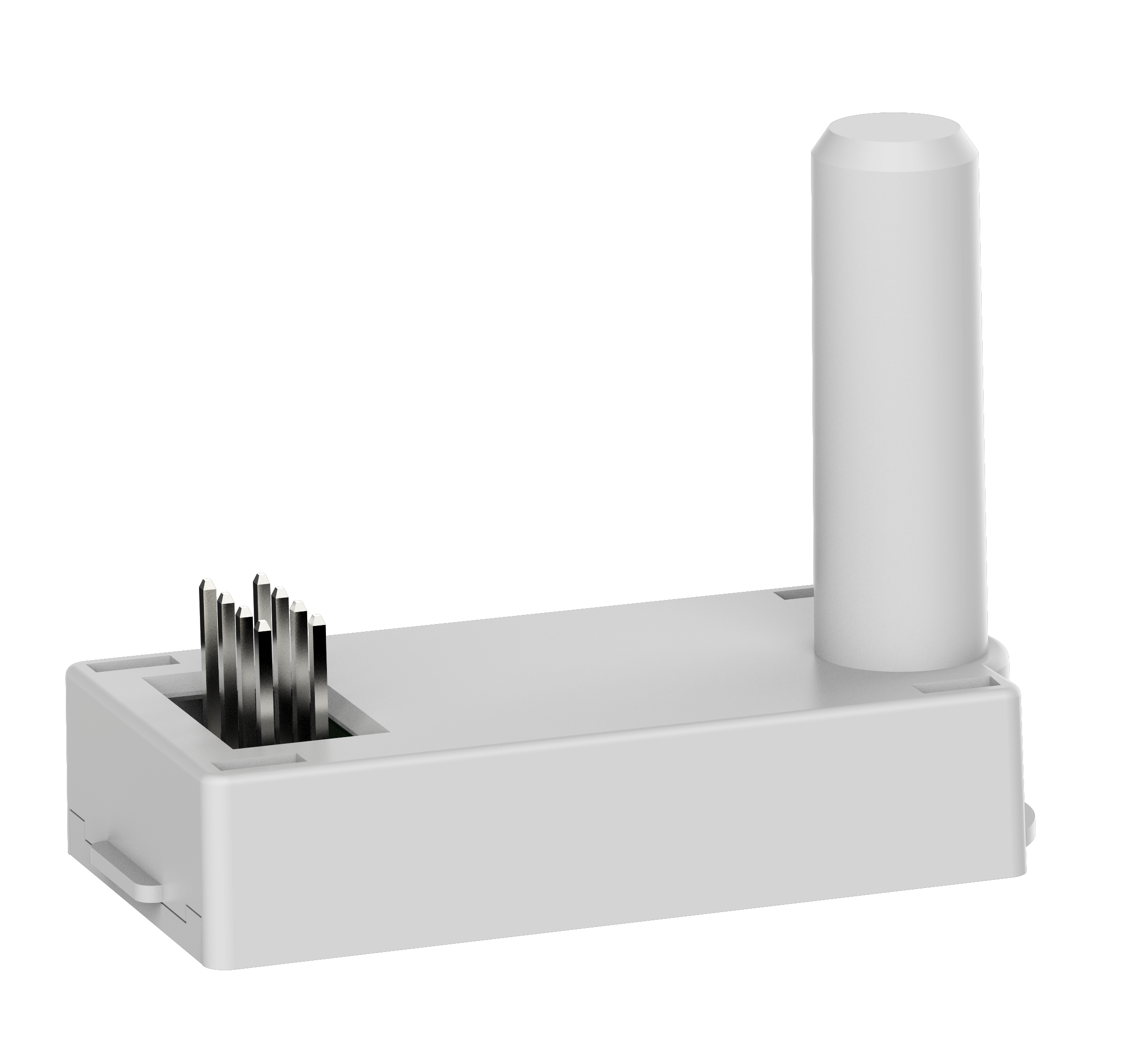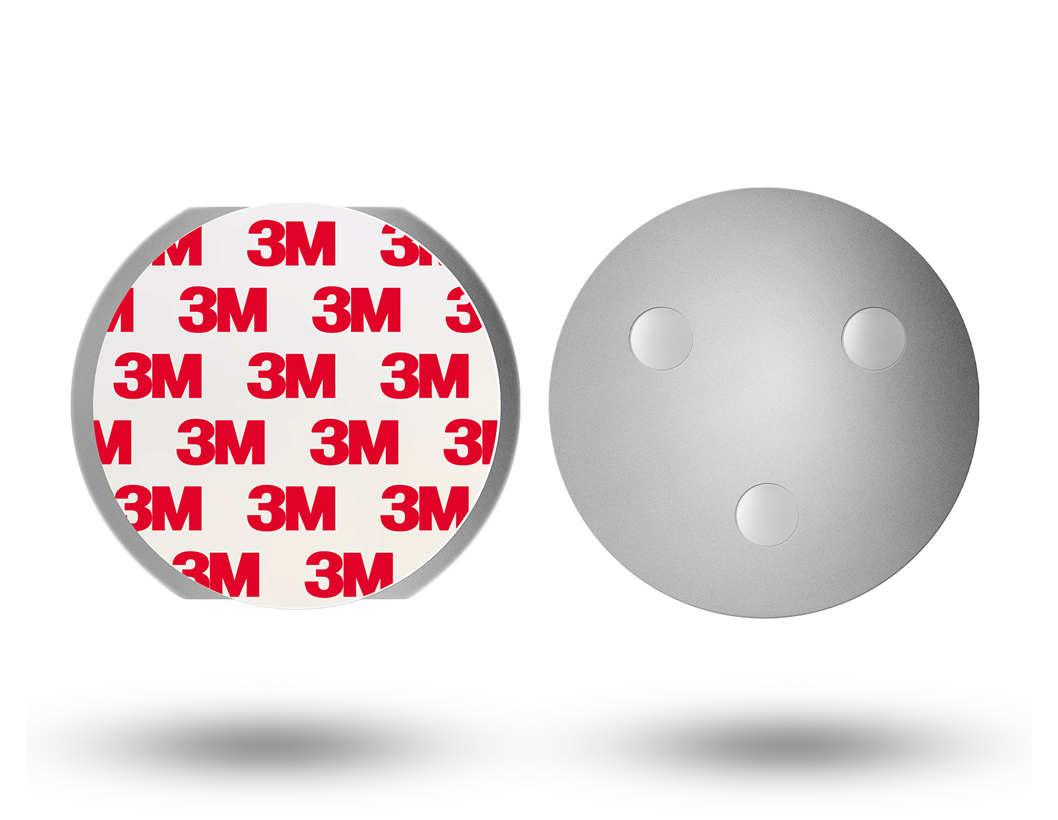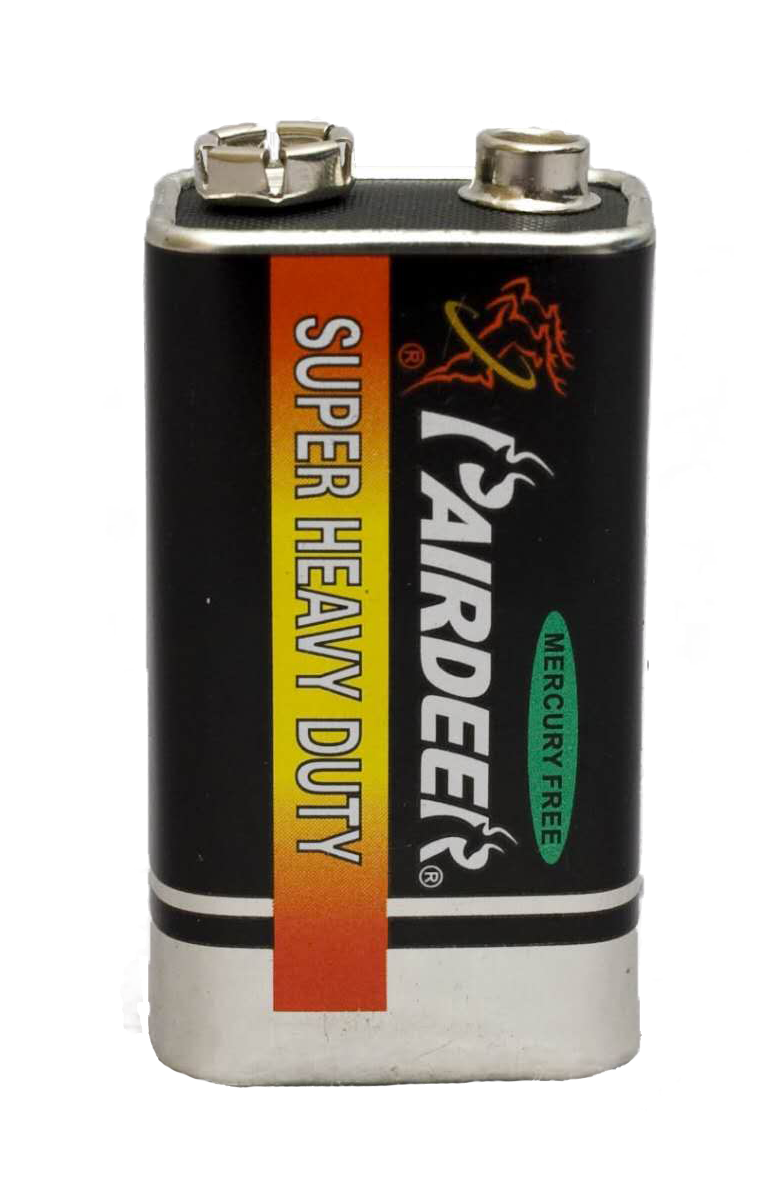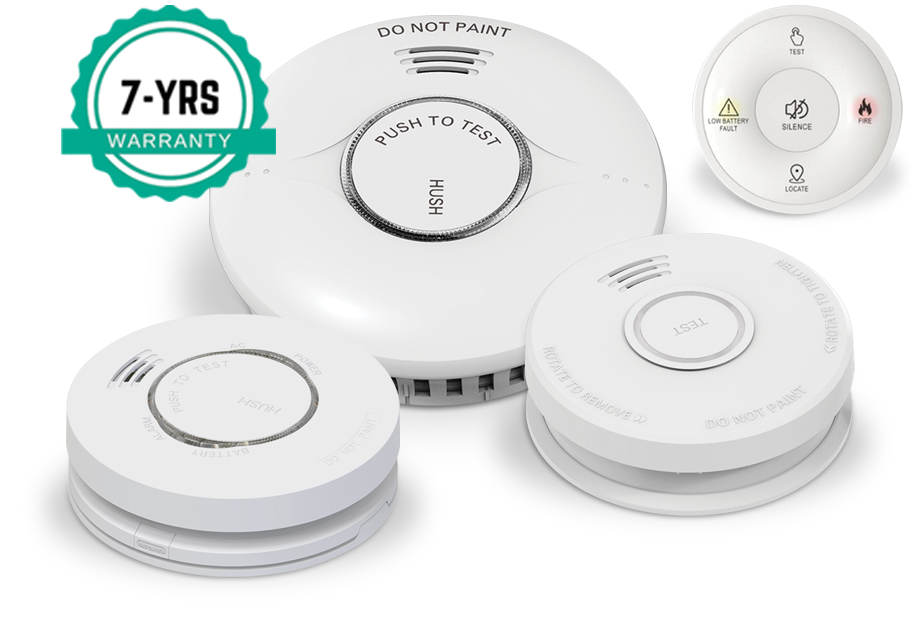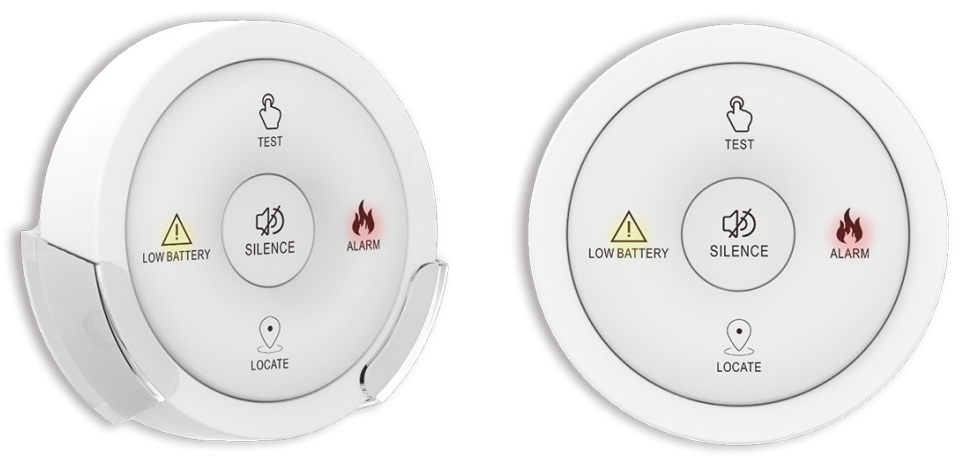240V Hardwired Alarms
Battery Powered Alarms
Hybrid battery or 240V hardwired alarms
SPECIALTY ALARMS
SMOKE ALARM ACCESSORIES
- Smoke alarms should be installed in all homes, units, flats, and townhouses.
- Smoke Alarms should meet requirements of AS3786:2014 (photoelectric Alarms are not mandatory)
- Smoke alarms should be located between each area containing bedrooms and the remainder of the dwelling.
- All smoke alarms:
- Must contain a battery
- Need to be tested regularly
- Need to be replaced after 10 years.
- Smoke alarms MUST be installed in all homes, units, flats, and townhouses.
- Smoke Alarms must meet requirements of AS3786 (photoelectric Alarms are NOT mandatory)
- Smoke alarms MUST be located between each area containing bedrooms and the remainder of the dwelling.
- Residential homes constructed before 1st August 1997 need only 9 volt powered smoke alarms.
- Residential homes constructed after 1st August 1997 must have 240V mains powered smoke alarms.
- All smoke alarms:
- Must contain a battery
- Need to be tested regularly
- Need to be replaced after 10 years.
- As of now
- All new buildings must be fitted with Photoelectric Smoke alarms which are;
- 240V mains powered or powered by 10 years non-replaceable battery.
- Installed on each floor, in each bedroom, and each hallway connecting bedrooms to the rest of the home.
- Interconnected so that if one goes off they all go off.
- In existing buildings;
- Smoke alarms more than 10 years old must be replaced.
- When replacing smoke alarms, the replacement Smoke Alarm MUST be Photoelectric.
- All new buildings must be fitted with Photoelectric Smoke alarms which are;
- By 1st Jan 2022
- All residences offered for sale, or units offered for lease must be fitted with Photoelectric Smoke alarms which are;
- 240V mains powered or powered by 10 years non-replaceable battery.
- Installed on each floor, in each bedroom, and each hallway connecting bedrooms to the rest of the home.
- Interconnected so that if one goes off they all go off.
- All residences offered for sale, or units offered for lease must be fitted with Photoelectric Smoke alarms which are;
- By 1st January 2027
- All dwellings must be fitted with Photoelectric Smoke alarms which are;
- 240V mains powered or powered by 10years non-replaceable battery.
- Installed on each floor, in each bedroom, and each hallway connecting bedrooms to the rest of the home.
- Interconnected so that if one goes off they all go off.
- All dwellings must be fitted with Photoelectric Smoke alarms which are;
- Home built since 1st Jan 1995 must have 240V mains powered smoke alarms fitted.
- All other homes must have battery powered smoke alarms.
- If a home is sold, the new owner has six months to upgrade to smoke alarms powered by 240V mains power or 10 years non-replaceable batteries.
- Photoelectric smoke alarms are recommended but not compulsory.
- From 1st May 2014, all new homes (or homes undergoing extensions) must have interconnected smoke alarms fitted.
- Smoke alarms must:
- be positioned according to the requirements of the Building Code of Australia, and
- comply with AS3786 (from 1 May 2017 all newly installed smoke alarms must comply with AS3786:2014), and
- be permanently connected to consumer mains power where it is supplied to the building, and
- be interconnected, if your home was newly built after the 1 May 2015.
- If you are planning to sell, rent or hire your home, smoke alarms must also be:
- in working order, and
- less than 10 years from the date of installation.
- In SINGLE-LEVEL homes smoke alarms must be installed on or near the ceiling:
- in all hallways leading to bedrooms, or
- where there is no hallway, in an area near the bedrooms.
- In MULTI-LEVEL homes smoke alarms must be installed:
- on each level containing bedrooms (see instructions for a single level home), and
- on every other level not containing bedrooms, even if they consist only of bathrooms, laundries, carparking etc. The favoured location for the smoke alarm is in the path of travel people will most likely take to evacuate the building, such as on a wall or ceiling in the stairway.
- Small guest houses and boarding houses (with less than 12 occupants) are required to have smoke alarms installed on or near the ceiling:
- In every bedroom, and
- In every corridor or hallway associated with a bedroom, or if there is no corridor or hallway, in an area near the bedrooms, and
- On each level of the building.
- A system of lighting must also be installed to assist evacuation of occupants in the event of a fire. The lighting must be activated by the smoke alarm and consist of:
- A light incorporated in the smoke alarm, or
- The lighting located in the corridor, hallway or area served by the smoke alarm.
- All residential properties:
- Smoke alarms should be installed on or near the ceiling, in bedrooms or the hallway or corridor that
serves it. - If you have a multi-level home, a smoke alarm should be installed on each level.
- Smoke alarms should be compliant with the Australian Standard AS3786-2014.
- Smoke alarms should be installed on or near the ceiling, in bedrooms or the hallway or corridor that
- For Rental properties:
- The owner or lessor of a property must install a working smoke alarm that complies with AS3786-2014.
- An alarm must be installed in each storey of the building. On storeys with bedrooms, the alarm is to be located between the bedroom and the remainder of the building.
- Smoke alarms may be hard wired or battery operated.
- Under Northern Territory (NT) law, approved smoke alarms must be installed in all residential premises or movable dwellings. This includes caravans.
- Homeowners must test each smoke alarm at least once every 12 months.
- Tenants are required to test each smoke alarm at least once every 12 months and advise the owner or agent if an alarm does not work.
- Property managers or other nominated persons may act on behalf of an owner to maintain, test, or replace alarms.
- Approved smoke alarms
- An approved smoke alarm is a photoelectric type of smoke alarm that is either hardwired to your home’s power supply or has a sealed lithium battery unit with a 10-year life.
- Hardwired smoke alarms must be installed by a licensed electrician.
- Battery-powered smoke alarms can be manually installed according to the manufacturer’s instructions.
- Buying, selling, or leasing
- If you are selling or leasing your property, you must install an approved photoelectric smoke alarm.
- It is the tenants’ responsibility to keep these alarms in good working order.
- If you own a home
- Homeowners with non-approved smoke alarms installed do not have to replace these alarms until they stop working.
- You can choose to replace your alarms sooner, but this is not a legal requirement.
- If your home was built before 7 January 1998 and you don’t have smoke alarms installed, you need to install an approved photoelectric smoke alarm.
- All homes built after 7 January 1998 should already be fitted with hardwired smoke alarms.
- If ionisation alarms have been installed, you do not have to replace them with hardwired photoelectric alarms until:
- the ionisation alarm ceases to function
- the premises is sold or rented
- a tenancy agreement for the premises is renewed or extended
- a hire agreement for the premises is entered into, renewed or extended.
- Since 1 May 2014 there is a requirement for new or renovated homes under the National Construction Code that, where there is more than one alarm, they be interconnected.
- Rental Properties:
- From 1 May 2016 ALL smoke alarms in rental properties are required by law to be either mains powered or have a 10 year non-removable battery.

